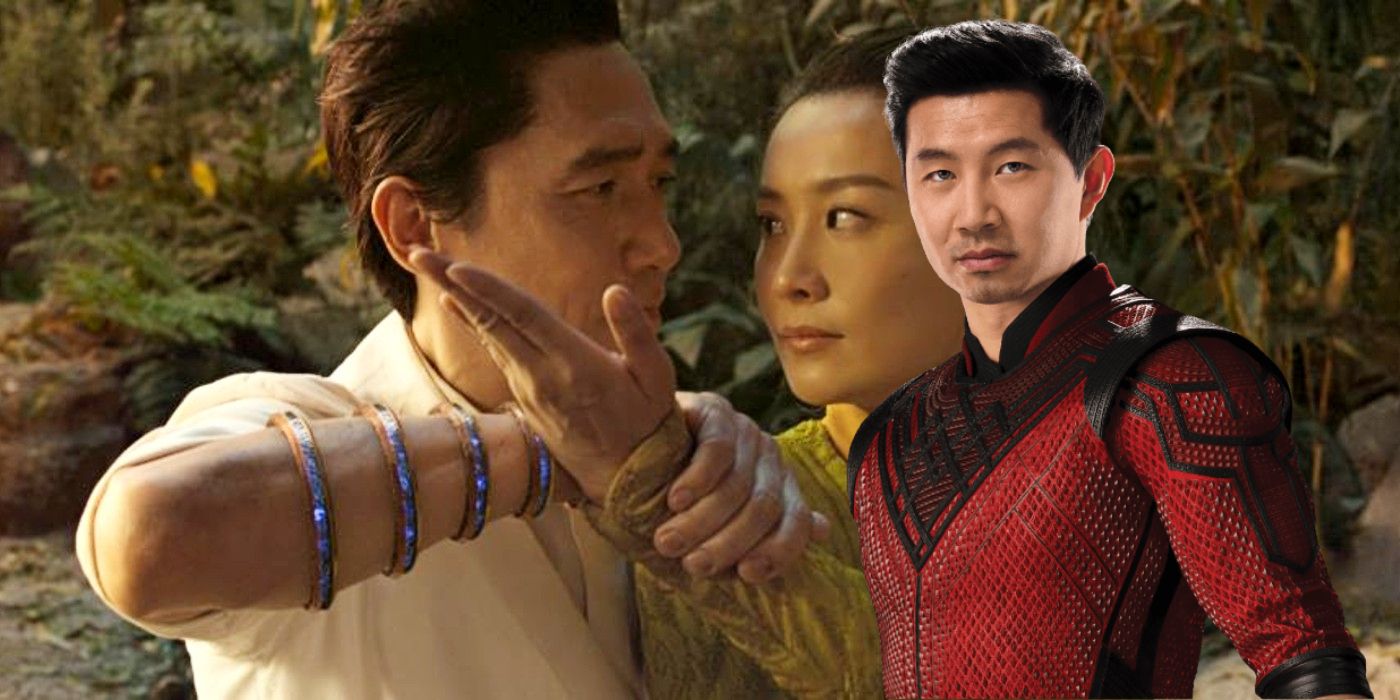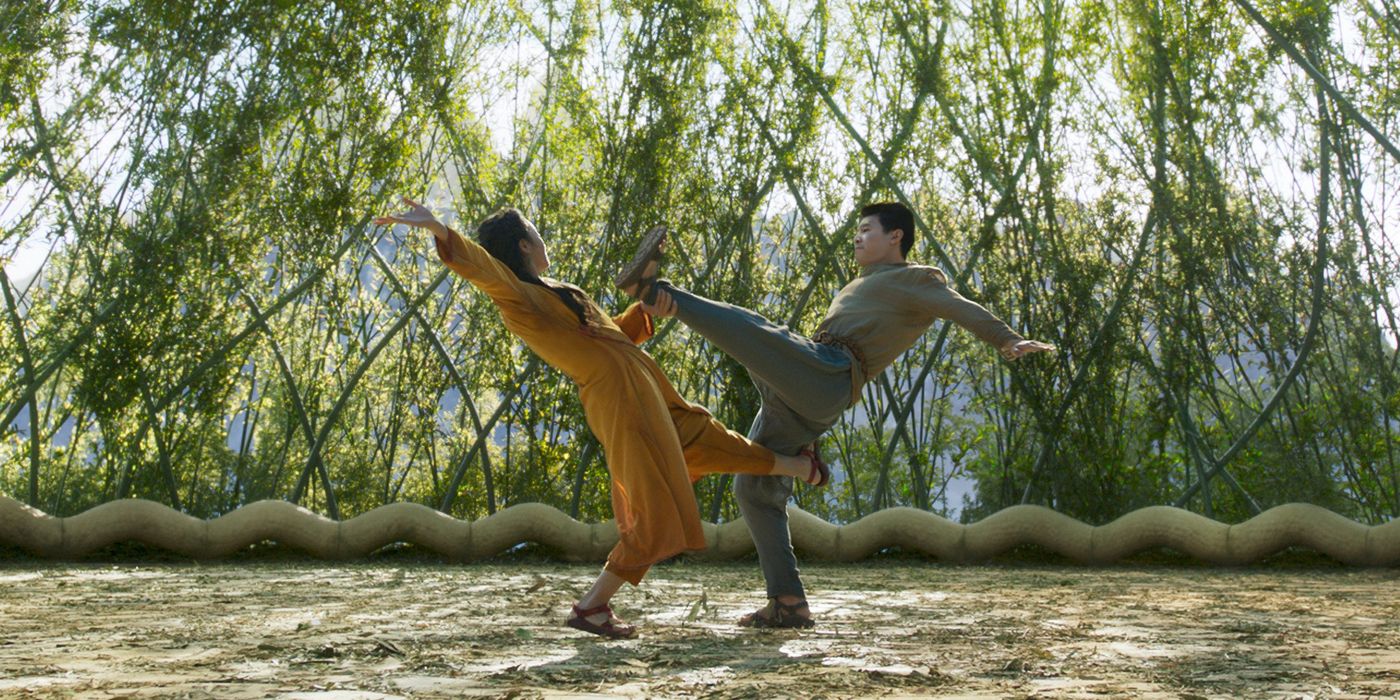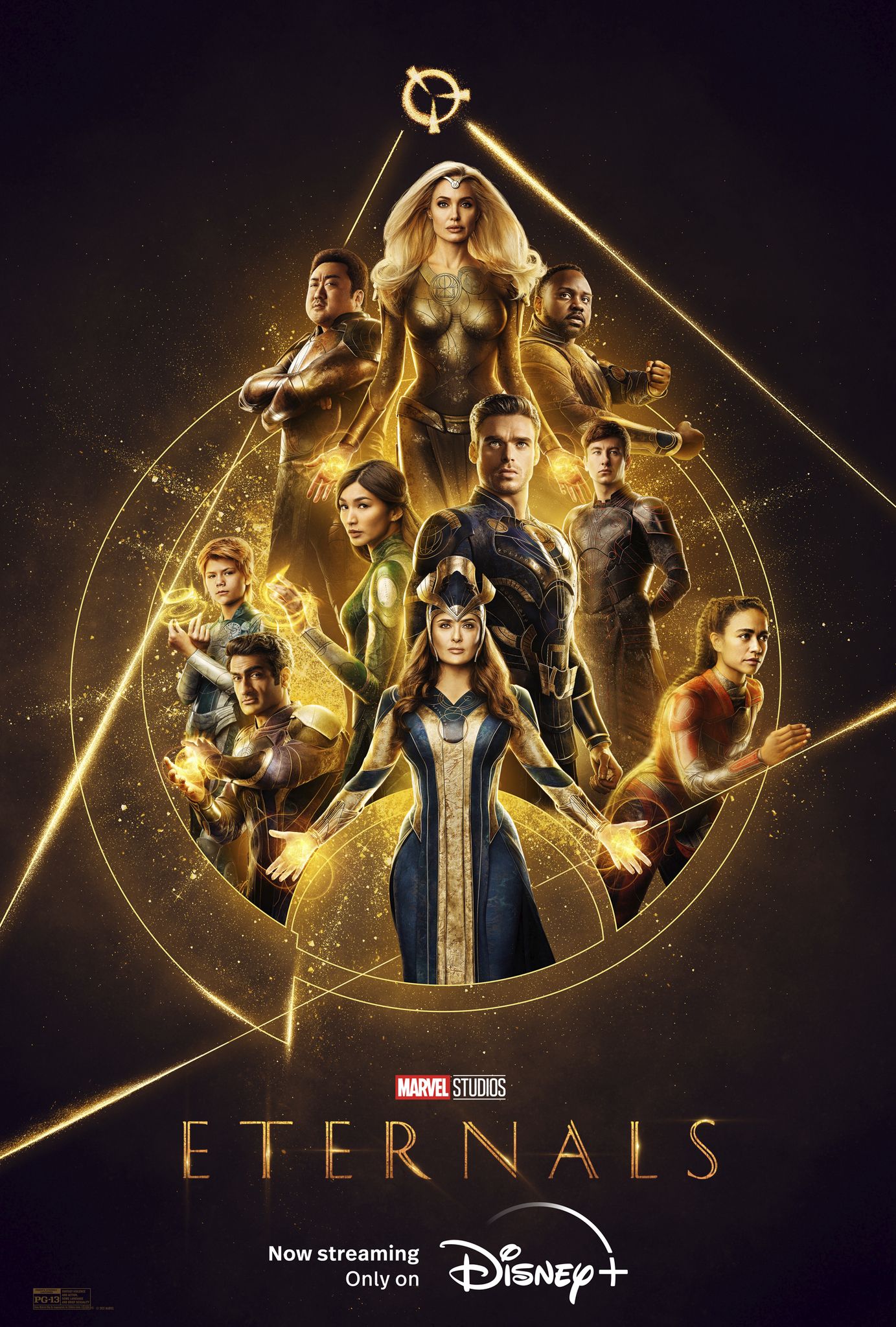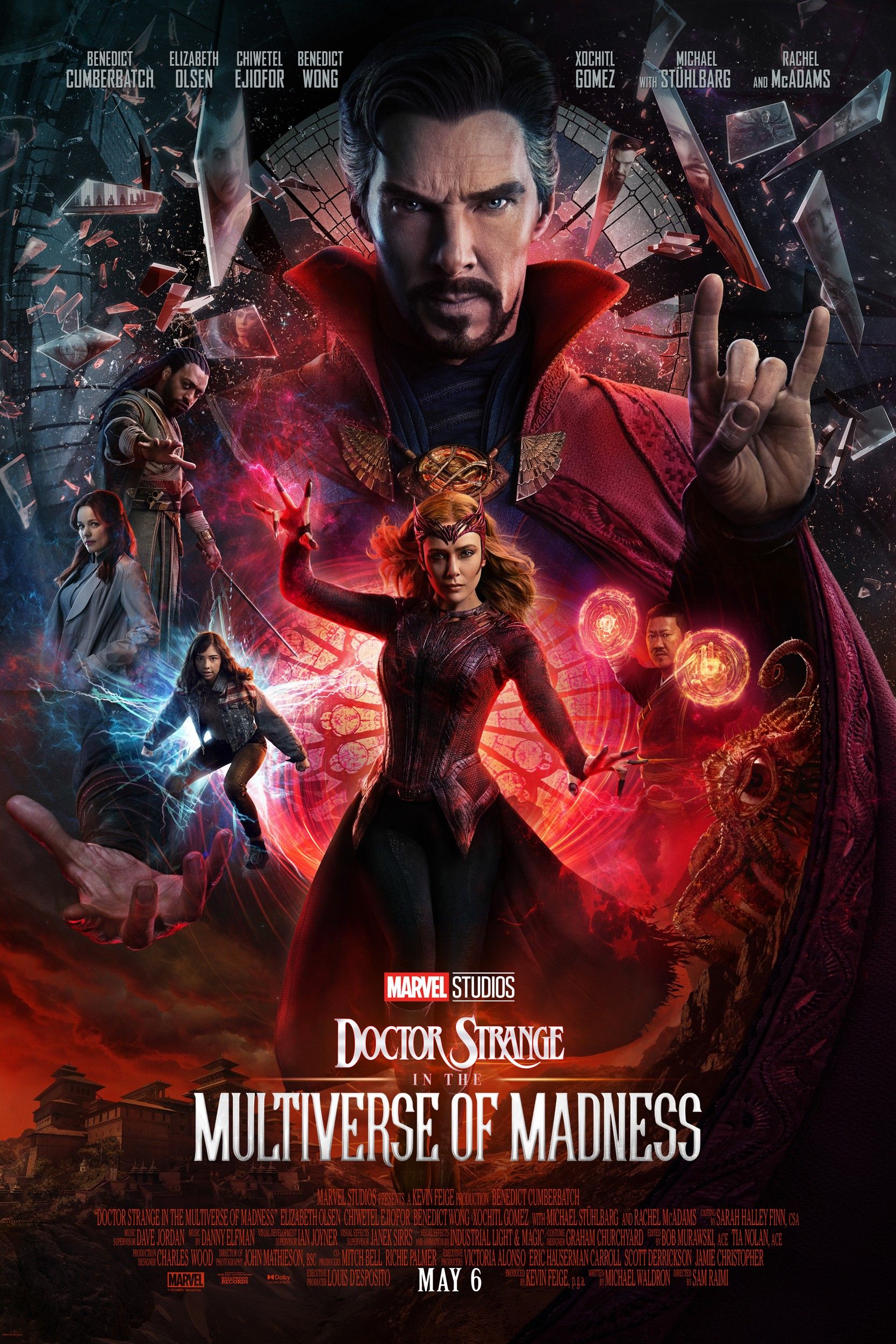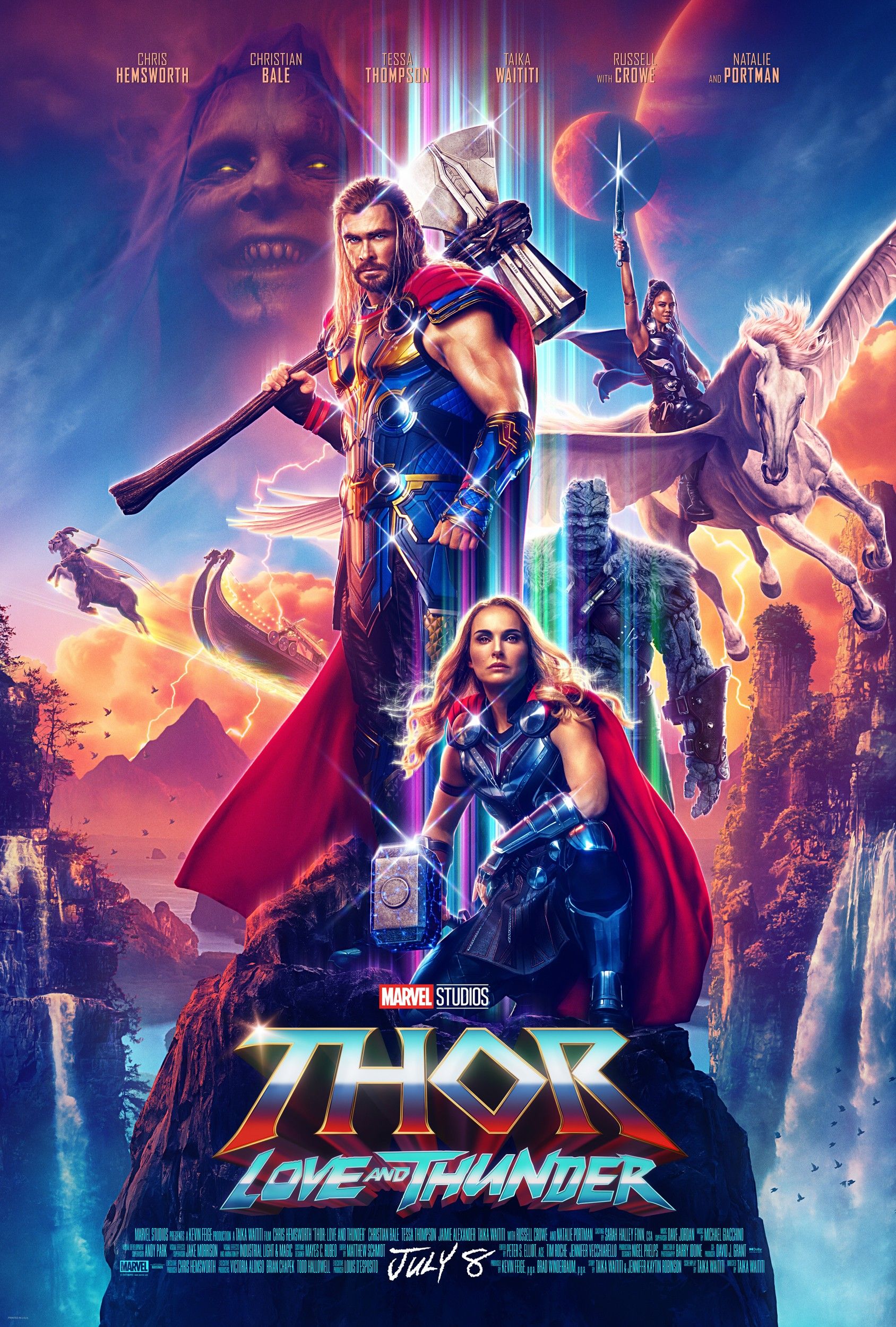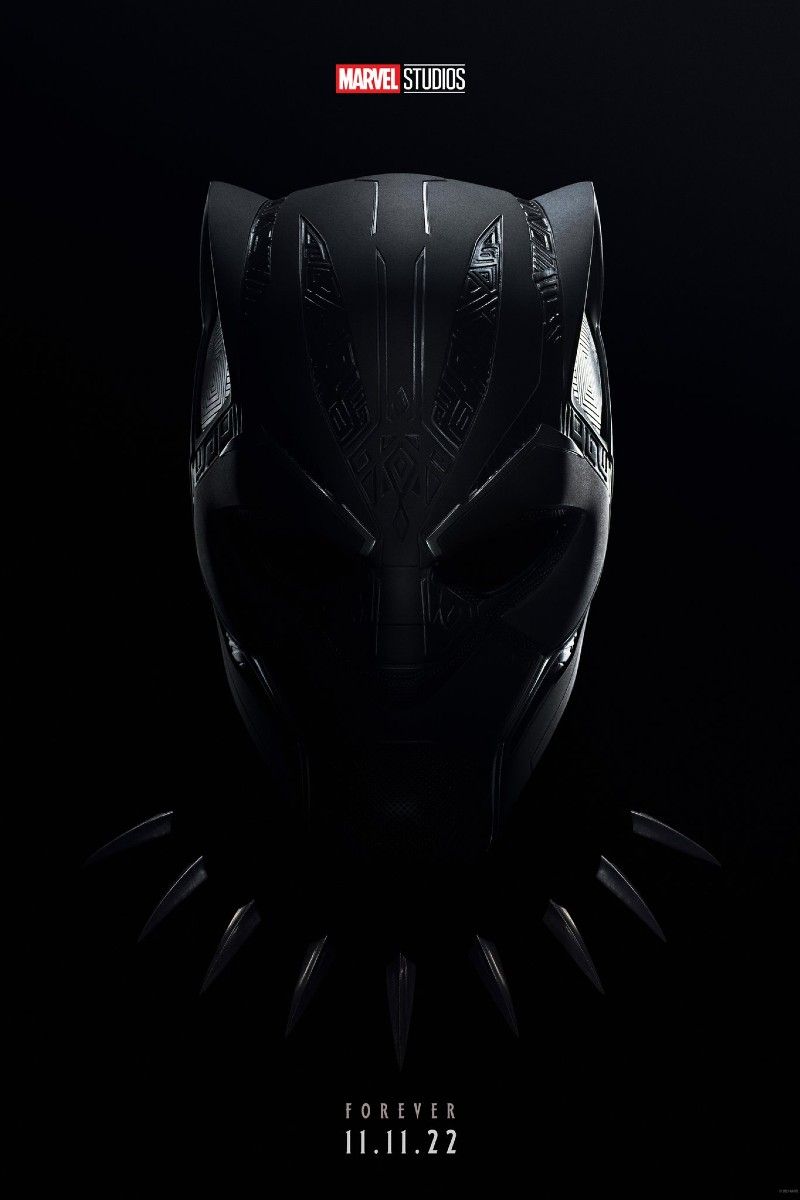Shang-Chi and the Legend of the Ten Rings director Destin Daniel Cretton has spoken about how Shang-Chi's martial arts style is inspired by both his father and his mother. Shang-Chi, the second film in the MCU's phase 4, stars Simu Liu as the kung fu master dragged away from his normal life by the Ten Rings organization. It also stars Michelle Yeoh, Awkwafina, and Meng'er Zhang.
Shang-Chi's parents are played by Tony Leung and Fala Chen. Leung plays Wenwu, the leader of the Ten Rings organization also known as the Mandarin (the actual Mandarin, as opposed to Ben Kingsley's Trevor Slattery, who posed as the Mandarin in Iron Man 3). He's responsible for dragging Shang-Chi back into the Ten Rings underworld after he escaped to San Francisco and began living as Shaun. Chen plays Ying Li, a guardian of the mythical village of Ta Lo.
Speaking with SR, Destin Daniel Cretton explained how both those characters shaped the fighting style of Shang-Chi. "One style is obviously from his mother," says Cretton of Ying Li (Chen learned tai chi for the role, a martial arts style that is more about grace and balance). The "more forceful traditional martial arts style is from his dad." The team of Shang-Chi fight choreographers, several of whom cut their teeth on Jackie Chan movies, were inspired by Jet Li's Tai Chi Master among other films to craft a blend of fighting styles that served the story in a way that was "elegant and beautiful and even emotional." Read the full quote here:
It was an important story-point to have those two different types of martial arts styles sung throughout the journey of Shang-Chi in this movie. One style is obviously from his mother, and then the other, more forceful traditional martial arts style is from his dad. What was really important to us was making sure that those styles felt right and authentic. Brad Allan, our stunt coordinator and the head of our stunt team, put together a pretty amazing team of choreographers that had their own personal experience in those types of movements. Some came from Jackie Chan’s camp - he had a choreographer from mainland China who took a lot of inspiration from movies like Jet Li’s Tai Chi Master to create these scenes that you could describe as elegant and beautiful and even emotional. To be able to see those two drastically different types of styles come together and feel cohesive in this movie was really exciting.
Those who are about to head out to see Shang-Chi in the theaters (or rewatch it for the third time) can keep an eye out for what Cretton is talking about. Everything about the action scenes is as authentic as possible, brought to life in a way that reflects the Chinese kung fu films of yore with actors who are prepared to shoulder the load. Among the many performers committed to making Shang-Chi realistic is Awkwafina, who learned archery for the film.
Shang-Chi and the Legend of the Ten Rings uses martial arts in the way that a musical uses dance, transcribing the story and emotions into physical movement. This story is essentially about a man torn between the legacy of the vicious lifestyle of his father and the more balanced upbringing of his mother. That struggle was able to be communicated even more effectively because of the time and care put into bringing these fight scenes to life. One can only hope we will eventually see the fight scene that was cut from Shang-Chi, which will surely function on the same high level.

